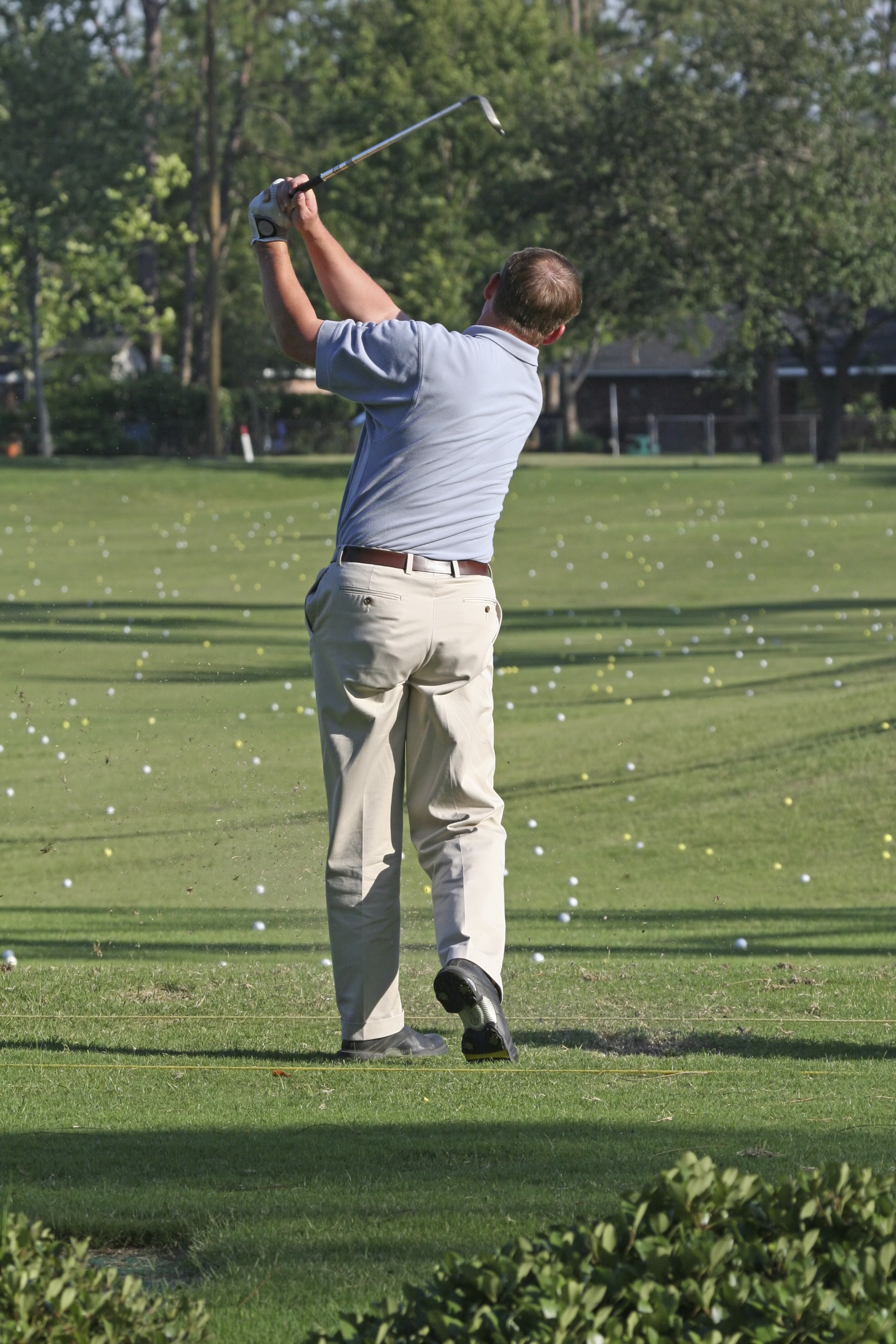Sometimes our Toronto physiotherapy and chiropractic specialists surprise their clients when it comes time to diagnose their musculoskeletal issues. For example, how do you explain why someone has golfer’s elbow, when they don’t golf?

What is Golfer’s Elbow?
Golfer's elbow is simply the name that's been given to a condition called medial epicondylitis. It comes about from over use of the tendons and muscles of the hand and forearm. The injury isn't only common to golfers, though. It is also found in baseball players, where it's sometimes called "Little League elbow". It's also fairly common to tennis players.
What you will typically notice in terms of symptoms is pain in the wrist that extends along the inside of your forearm to the elbow. Golfer's elbow can also occur as a result of any repeated activity that involves clenching your fingers around an object - gardening equipment, perhaps, or a broom – which involves the tendons of the anterior forearm.
To understand what happens, it's necessary to understand the anatomy of the area. There are several small muscles that run through the forearm that work to flex the fingers and thumb. Each of these terminates in a tendon, which join together in what is called a tendinous sheath. That sheath connects to the humerus bone at the elbow joint. That's why the way you use your hand and fingers can cause inflammation at the elbow.
Treatment
In very mild cases, such as soreness that may come from one incident of over taxing yourself, whether it involves playing sports or putting in the new roof on your porch, self care measures may be enough to reduce the pain and allow you to heal.
- You can use an ice pack on the area for 15 to 20 minute periods, up to three or four times per day.
- Over the counter NSAIDs (nonsteroidal anti-inflammatory drugs) such as ibuprofen can help control the pain.
- Above all, resting the area is key to healing.
When those measures don't work over a period of a few days, it's time to see your Toronto physiotherapist, chiropractor, or other sports medicine specialist. A variety of treatment options are available according to the individual case details, including injected corticosteroid therapy for temporary relief, or PRP (platelet rich plasma) injections, which involve enriching your own blood with extra platelets - cells that promote healing.
Prevention
Preventing golfer's elbow is easier than treating it and healing.
- Weight training that specifically targets the forearms can help to offset the strain on the tendons.
- Stretching exercises can also be used to avoid strain.
- Playing with lighter clubs, such as the latest graphite designs, will also help to reduce the potential for strain and stress of the wrist area. The same principle naturally applies to any object you may be holding and using – the lighter and more flexible, the better.
Your Toronto physiotherapy and sports medicine specialists can show you how to prevent golfer's elbow and other injuries. Proper form will also help to avoid putting undue stress on your wrist. Working with a golf instructor will help you to improve those issues. If you are experiencing golfer’s elbow and it’s not from playing golf or any other sport, then our sports medicine professionals can advise you on the mechanics of the movements involved in any given activity, and how you can prevent a recurrence by adjusting your approach.
Contact one of our Toronto area clinics today to make an appointment for your consultation. Our medical team includes physiotherapists and other specialists in musculoskeletal issues and sports medicine.















